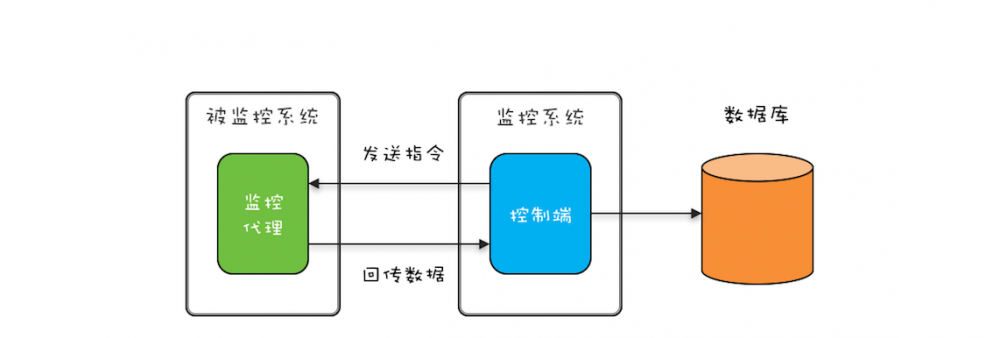Java并发 -- 生产者-消费者模式

- 生产者-消费者模式的核心是一个 任务队列
- 生产者线程生产任务,并将任务添加到任务队列中,消费者线程从任务队列中获取任务并执行
- 从 架构设计 的角度来看,生产者-消费者模式有一个很重要的优点: 解耦
- 生产者-消费者模式另一个重要的优点是 支持异步 ,并且能够 平衡 生产者和消费者的 速度差异 (任务队列)
支持批量执行

- 往数据库INSERT 1000条数据,有两种方案
- 第一种方案:用1000个线程并发执行,每个线程INSERT一条数据
- 第二种方案(更优):用1个线程,执行一个批量的SQL,一次性把1000条数据INSERT进去
- 将原来直接INSERT数据到数据库的线程作为生产者线程,而生产者线程只需将数据添加到任务队列
- 然后消费者线程负责将任务从任务队列中批量取出并批量执行
// 任务队列
private BlockingQueue<Task> queue = new LinkedBlockingQueue<>(2000);
// 启动5个消费者线程,执行批量任务
public void start() {
ExecutorService pool = Executors.newFixedThreadPool(5);
for (int i = 0; i < 5; i++) {
pool.execute(() -> {
try {
while (true) {
// 获取批量任务
List<Task> tasks = pollTasks();
// 执行批量任务
execTasks(tasks);
}
} catch (InterruptedException ignored) {
}
});
}
}
// 从任务队列中获取批量任务
private List<Task> pollTasks() throws InterruptedException {
List<Task> tasks = new LinkedList<>();
// 阻塞式获取一个任务
// 首先采用阻塞式的方式,如果任务队列中没有任务,能够避免无谓的循环
Task task = queue.take();
while (task != null) {
tasks.add(task);
// 非阻塞式获取一个任务
task = queue.poll();
}
return tasks;
}
// 批量执行任务
private void execTasks(List<Task> tasks) {
}
支持分阶段提交
- 写文件如果同步刷盘性能会很慢,对于不是很重要的数据,往往采用 异步刷盘 的方式
- 异步刷盘的时机
- ERROR级别的日志需要立即刷盘
- 数据累积到500条需要立即刷盘
- 存在未刷盘数据,且5秒钟内未曾刷盘,需要立即刷盘
- 该日志组件的异步刷盘本质上是一种 分阶段提交
public class Logger {
// 批量异步刷新的数量
private static final int FLUSH_BATCH_SIZE = 500;
// 任务队列
private final BlockingQueue<LogMsg> queue = new LinkedBlockingQueue<>();
// 只需要一个线程写日志
private ExecutorService pool = Executors.newFixedThreadPool(1);
// 启动写日志线程
public void start() throws IOException {
File file = File.createTempFile("test", ".log");
FileWriter writer = new FileWriter(file);
pool.execute(() -> {
// 未刷盘日志数量
int curIdx = 0;
long preFlushTime = System.currentTimeMillis();
while (true) {
try {
LogMsg logMsg = queue.poll(5, TimeUnit.SECONDS);
// 写日志
if (logMsg != null) {
writer.write(logMsg.toString());
++curIdx;
}
// 如果不存在未刷盘数据,则无需刷盘
if (curIdx <= 0) {
continue;
}
// 异步刷盘规则
if (logMsg != null && logMsg.getLevel() == LEVEL.ERROR ||
curIdx == FLUSH_BATCH_SIZE ||
System.currentTimeMillis() - preFlushTime > 5_000) {
writer.flush();
curIdx = 0;
preFlushTime = System.currentTimeMillis();
}
} catch (InterruptedException | IOException ignored) {
} finally {
try {
writer.flush();
writer.close();
} catch (IOException ignored) {
}
}
}
});
}
private void info(@NonNull String msg) throws InterruptedException {
queue.put(new LogMsg(LEVEL.INFO, msg));
}
private void error(@NonNull String msg) throws InterruptedException {
queue.put(new LogMsg(LEVEL.ERROR, msg));
}
}
@Data
@AllArgsConstructor
class LogMsg {
private LEVEL level;
private String msg;
}
enum LEVEL {
INFO, ERROR
}
转载请注明出处:http://zhongmingmao.me/2019/05/26/java-concurrent-producer-consumer/
访问原文「 Java并发 -- 生产者-消费者模式 」获取最佳阅读体验并参与讨论
正文到此结束
热门推荐
相关文章
Loading...










![[HBLOG]公众号](https://www.liuhaihua.cn/img/qrcode_gzh.jpg)

